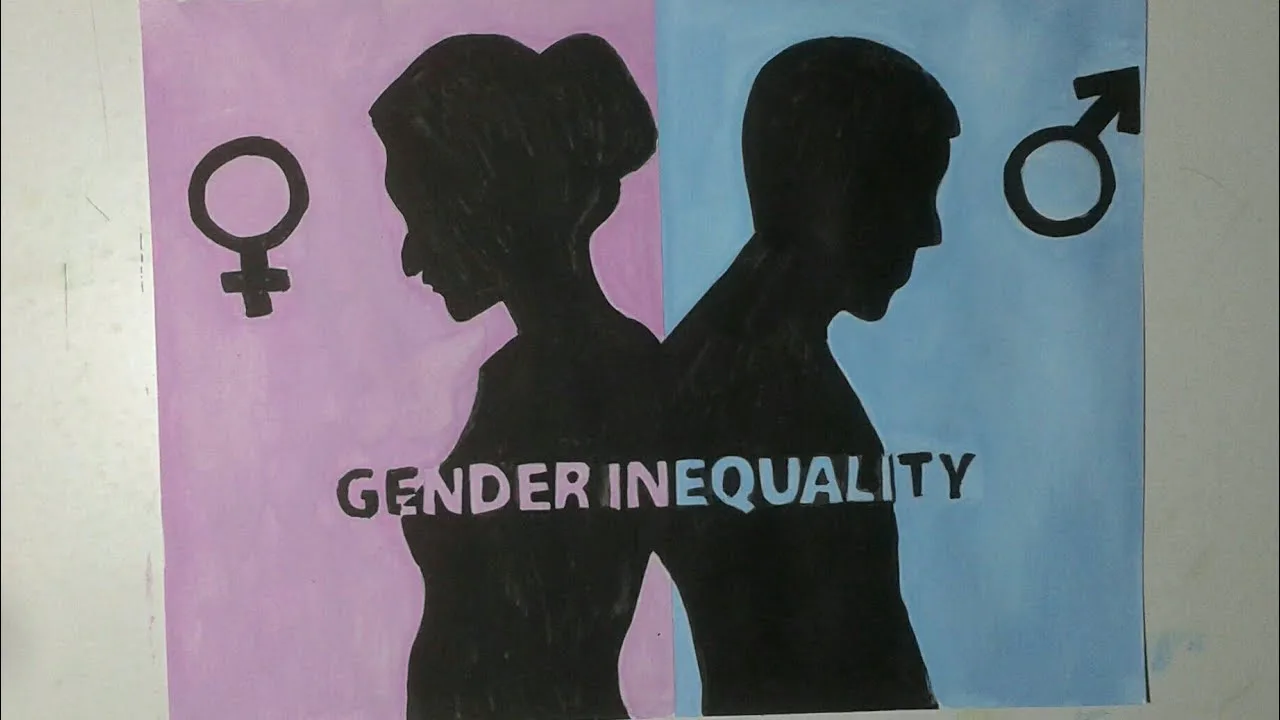
Gender Inequality in Indonesia Continues to Shrink
Light House Denver – The Central Statistics Agency (BPS) reported a significant decrease in Indonesia’s Gender Inequality Index (GII), dropping to 0.421 in 2024. This is the lowest figure in the past seven years, signaling progress in achieving gender equality in Indonesia.
The GII decreased by 0.026 points in 2024, more than twice the rate of decline compared to the previous year. This marks the fastest decline since 2018. The average annual reduction in GII from 2018 to 2024 was 0.013 points. This improvement is particularly significant in the labor market dimension, which remains a primary focus for reducing gender inequality.
“Read More: The Ghost Forest Phenomenon in America, What’s Happening?”
In the labor market dimension, notable improvements were recorded. The Female Labor Force Participation Rate (LFPR) increased by 1.90 points to reach 56.42%. This exceeds the increase in the Male Labor Force Participation Rate, which only rose by 0.40 points to 84.66%. The rise in female participation in the workforce reflects better access and more equal opportunities for women.
In addition, the empowerment dimension also saw positive changes. Women’s participation in the parliament increased to 22.46%, up from 22.14%. In the education sector, the proportion of women aged 25 and over who have completed at least high school education rose slightly to 37.64%. This indicates improvements in educational equality for women in Indonesia.
In terms of reproductive health, two key indicators also showed improvement. The number of first births under the age of 20 and deliveries outside healthcare facilities both declined. This reduction indicates better access to healthcare services for women.
BPS reported that 26 out of 38 provinces in Indonesia showed a decrease in the GII. The provinces with the most significant improvements include West Nusa Tenggara (a drop of 0.120 points), Bangka Belitung Islands (a drop of 0.111 points), and Jakarta (a drop of 0.109 points). However, five provinces saw an increase in GII, including Maluku and East Kalimantan. Despite these gains, 22 provinces still have a GII higher than the national average, indicating that achieving gender equality across these regions remains a significant challenge.
BPS also noted that this year’s GII data includes all provinces in Indonesia, including the newly autonomous regions of Papua and West Papua. This makes the data coverage more comprehensive than in previous years, underscoring the importance of addressing gender equality across the entire country.
“Continue Reading: What Can Cause Depression in Children?”